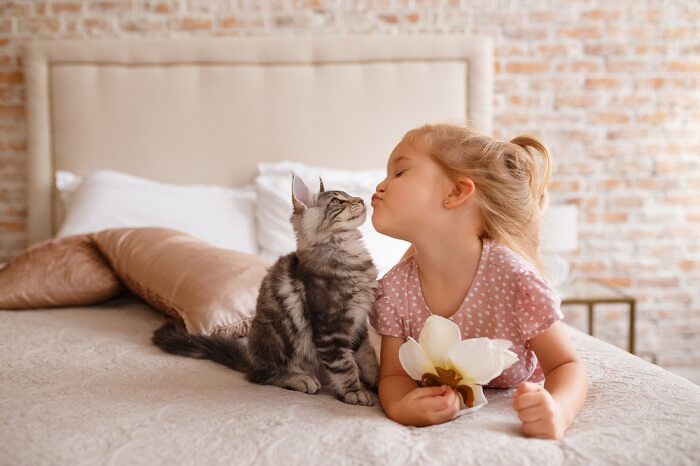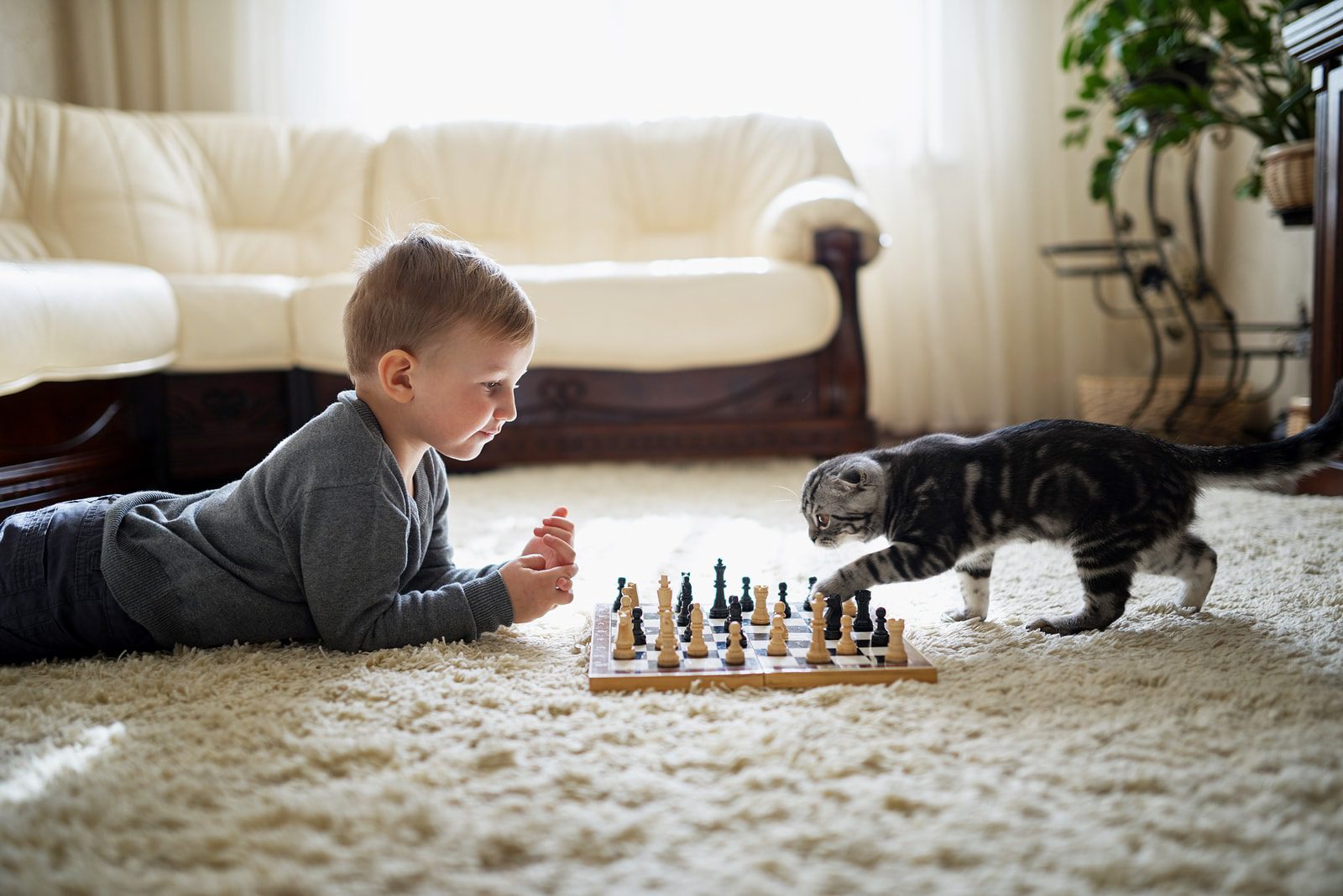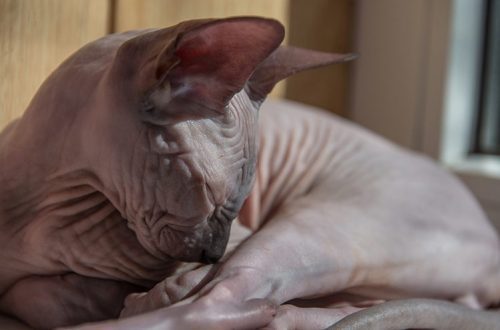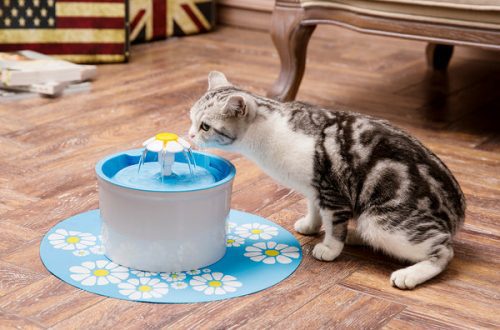
Safe play for a child with a cat
Cats and children don’t always seem like the perfect couple. But you can teach your kids how to behave with a cat and help them bond with their furry friend. Although all cats like to be alone from time to time (and some more often than others), they also really like to play. To make play an enjoyable pastime for your kitten and your little ones, start from day one by setting aside time for joint play and individual play time for the kids and the cat. If each of them has time to play with you and each other, you can create a peaceful environment for everyone.
Actions should not be at odds with words
Playing with a cat is very important for keeping her healthy. However, if you have small children, this task can be a little more difficult. First of all, you should show the children by example how to properly handle the animal during the game. Children imitate behavior, both good and bad, so try to demonstrate gentle, gentle touching and smooth, safe movements. Help your little ones adopt these positive behaviors by remembering to reward both them and your cat during their calm interactions.

In an ideal world, everything always goes smoothly, but in reality this is not the case. Animals can quickly become angry and aggressive if provoked. Watch your pet’s body language: it will be able to tell you that the cat is angry, even before it starts hissing or kicking. A cat’s ears are usually pointed forward when she is calm or ready to play, but if her ears are flattened or turned back, she is very excited or frightened. If her hair (especially on her tail) is standing on end or if she tucks her tail under her, it might be time to move away and leave her alone for a while. If you notice that your cat’s body language has changed, it’s best if everyone goes somewhere else, if possible where the cat can’t be seen. You can try to distract your children with other activities. Give your cat some time alone and try to play gently with her again before letting the kids touch her.
In addition, children often like to grab pets and drag them around. Cats are very independent creatures and don’t always like being carried back and forth, so make sure your cat is calm when you let your child pick her up. If she’s nuzzling and purring, she’s probably enjoying the close contact, but if she’s squirming trying to free herself, it’s best to let her go.
If you notice that during the game the cat is more likely to experience stress than pleasure, watch her. Maybe she’s more attuned to games at certain times of the day. In addition, games are best arranged when the children are well rested and eaten. Hungry, tired children are not the best playmates for both animals and people!
Create a bond that will last all nine lifetimes
Friendship with any animal cannot happen overnight. Start small: have your kids sit around and pet the cat for a few minutes at first. When you move on to active play, choose one that leaves some distance between the children and the animal to avoid accidental scratches. You can use, for example, long sticks and large balls. Try to avoid small toys that babies can easily put in their mouths. Another great and inexpensive toy that both cats and kids will love is a simple cardboard box. Give the pet the opportunity to climb into the box on its own – before you have time to look back, the kids and the cat will play hide and seek and have fun. To strengthen friendships, watch your children and cat while they play and reward them when they behave well.
By leading by example and with patience, you can ensure that your children treat the cat well during play and do not offend it. Over time, she may even want to play with your babies herself. Friendship between cats and children is an amazing thing that can last through adolescence and beyond, so enjoy every minute of it!





